The Art of Horse Whispering: Building Trust and Connection
Understand what is horse whispering with our in-depth exploration of this unique approach to equestrian training. Discover the role of a horse whisperer in building trust, delve into the art of interpreting horse body language, and understand how facial expressions play a crucial role in communication. Explore how horse whispering transforms relationships between horse owners and their equines, enhancing the bond through mutual respect. Learn how these techniques impact riding, making the experience more harmonious for both horse and rider. Delve into captivating case studies featuring renowned horse whisperers like Monty Roberts, Buck Brannaman, and Pat Parelli. Uncover the FAQs surrounding horse whispering and gain a profound understanding of this real and transformative practice in horsemanship.
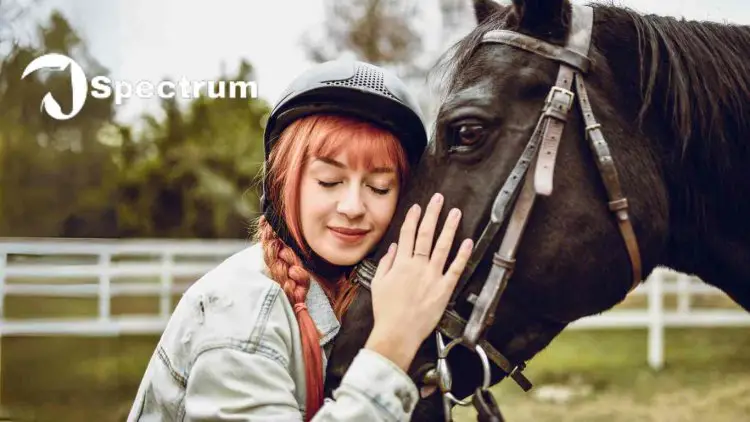
Table of Contents
Introduction
Delving into the entrancing world of equestrian interaction, we explore an unspoken language that transcends boundaries. Welcome to the world of horse whispering—a unique approach in horsemanship that taps into equine psychology and prioritizes gentle methods and connection above traditional training techniques. As we unveil the art of equine communication, we aim to unmask the indispensable role of horse whisperers, describe how they build trust, and reflect on the profound impact they have on the horse and human relationship.
What is the Role of a Horse Whisperer in Equestrian Training?
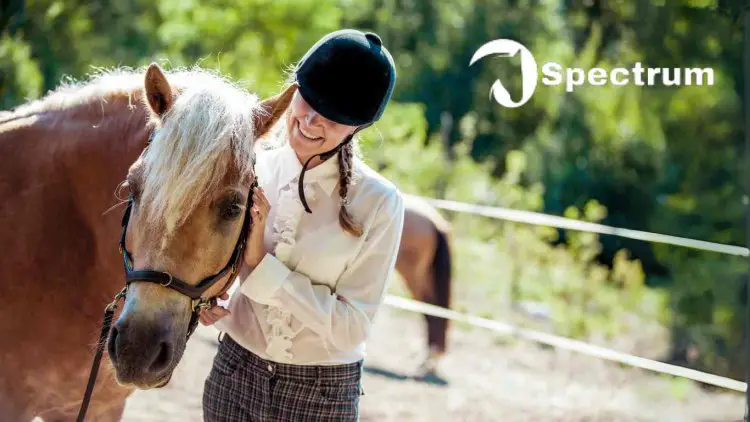
Understanding the Concept of Horse Whispering
Horse whispering, unlike traditional horse training, is an intuitive methodology employed by professional horse whisperers. It is a harmonious blend of a keen understanding of horse behavior and adeptly reading a horse’s body language. This approach helps horses to overcome challenges, easing the problem from the horse’s perspective, rather than forcing them into submission.
How Horse Whispering Enhances Horsemanship
Horse whispering instills a new dimension to horsemanship and horse training techniques. By prioritizing respectful communication, whisperers help to build trust between the horse and the human. The result is a stronger, more empathetic bond that can transform even a young horse into a willing cooperative partner.
Why Horse Whisperers are Essential in Equine Therapy
Horse whisperers use their expertise to aid equine therapy, helping horses to recover from past traumas or behavioral issues. Like an experienced horse trainer crossed with a horse psychologist, whisperers can understand a horse’s needs and feelings, forging a sincere alliance that facilitates healing.
How Does a Horse Whisperer Build Trust with Equines?
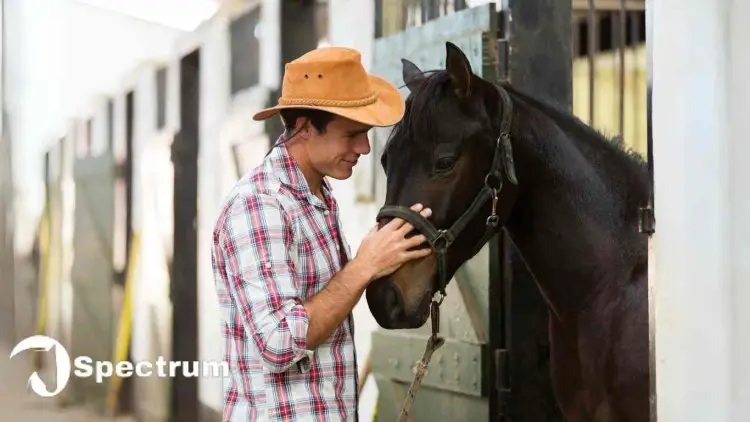
The Art of Interpreting Horse Body Language
Interpretation of a horse’s body language forms an integral part of horse whispering. Before verbal communication comes the nuances of physical cues—a lifted foot, a swishing tail, prickled ears—the professional horse whisperer masterfully deciphers, creating an understanding dialogue for the horse and human. Facial expressions are particularly insightful when identifying a horse’s current emotional state. The horse’s forehead is often looked at for signs of tensing or relaxing, which may indicate distress or comfort respectively. The direction that a horse is looking at can also express feelings of anxiety or curiosity. For instance, if a horse is constantly checking its back or peeking behind, it could mean that it is feeling anxious or threatened.
Natural Horsemanship: Building Trust Without a Saddle
Please read the horse's body language and respond appropriately, a whisperer begins to build trust. This relationship-building forms the heart of natural horsemanship, where a saddle is unnecessary. Interactions are direct, mutually respectful, and immensely insightful, inching towards a genuinely reciprocal bond.
How Facial Expressions Help in Communication with Horses
Facial expressions provide critical insights into the horse’s state of mind. The tensing or relaxing of facial muscles, the direction of stare—all of these give invaluable information to the horse whisperer’s ability to connect. Unlike dogs, horses cannot produce a variety of sounds to express their feelings. They only neigh and whinny, which makes understanding them a bit more challenging. But horses compensate for this by using their bodies to express emotions, thoughts, and intentions.
The mouth and jaw movements are key indicators of a horse’s emotional state. If a horse has a relaxed and slightly open mouth while being ridden, it could mean they are comfortable and at ease with their rider. On the other hand, clenched jaws might indicate discomfort or resistance.
The eyes can expose fear or anxiety in a horse. Eyes that are wide open with visible whites can signify that the horse is scared or stressed. In contrast, soft blinking or half-closed eyes often occur when a horse is relaxed or content.
The ears also convey subtle messages as part of the horse's non-verbal communication. If the ears are held stiffly forward or swiveled backward, it indicates that the horse is alarmed or angry. If the ears are moving frequently, it shows that the horse is paying attention to its surroundings.
Understanding these facial expressions requires a deep connection and intuition and this is where a horse whisperer's skills come into play. A horse whisperer notices these subtle cues and uses them to build trust, understand, communicate, and ultimately form a strong bond with the horse.
How Horse Whispering Affects Horse Owners and Riders
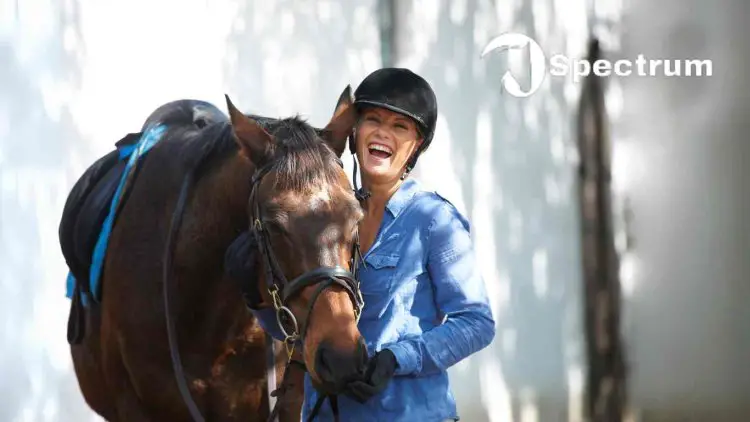
Improving the Bond between Horse Owners and Their Horses
Horse whispering does not only improve the professional horse’s experience but owners can also benefit from this approach by cultivating deeper connections with their equines, based on mutual respect rather than pure instruction. This bond affects all aspects of the horse and owner's relationship, from riding to simply sharing spaces.
As riders and horse owners gain a deeper understanding of the horse's behaviors, needs, and boundaries, they practice more respect towards their equine. This is reciprocated by the horse, leading to a healthier relationship where the horse willingly cooperates with the owner rather than merely obeying out of fear or compulsion. As a result, the communication process becomes smoother, further enriching the bond between the horse and the owner.
The Impact of Horse Whispering Techniques on Riding
The deep trust cultivated through horse whispering techniques often improves the quality of riding. By developing a more perceptive understanding of their horse’s cues, riders become more adept in handling and guiding their equines, making the riding experience more pleasing for both parties.
More than just controlling and directing their movements, riders can help their horses reach their optimal level of performance as they comprehend their physical boundaries and emotional state better. In return, horses become more responsive to the rider's command with less resistance, creating a harmonious ride rather than a strained one.
How Horse Whispering Can Change Your Relationship with Your Horse
Horse whispering can transform your relationship with your horse. By adopting this compassionate approach, horse owners can remove fear-based behaviors and replace them with trust-based exchange—creating a connection between horse and human that is both transformative and fulfilling. The deep connection fostered through horse whispering methods also enables owners to become closely attuned to their horse's emotions. By identifying signs of stress, fear, or discomfort, the owners can ensure that their horses remain comfortable and content. This holistic approach contributes not only to the horse's mental well-being but also impacts their physical health positively.
Unique Case Studies of Horse Whisperers and How They Build Trust
Case Study 1: Monty Roberts
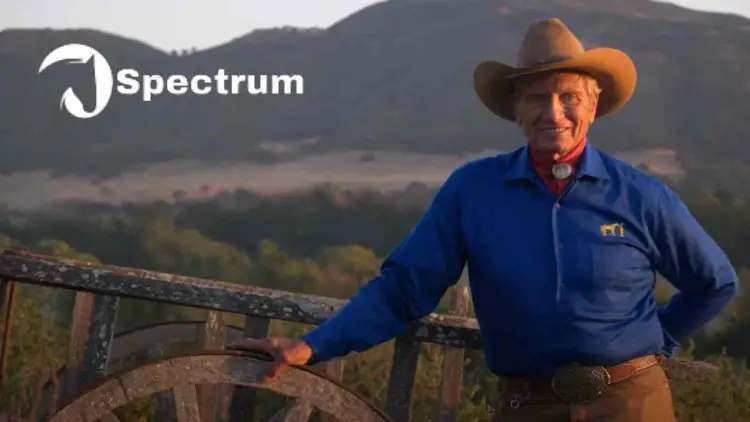
Monty Roberts, a famed horse whisperer, builds trust with horses through a communication technique called "Join-Up", which involves observing the animal's non-verbal signals and reacting accordingly. Roberts refrains from using any form of force, choosing instead to interact with the horse in a language it understands. On one occasion, Roberts managed to tame an aggressive stallion named Shy Boy in less than 30 minutes using this method. His methods have revolutionized horse training, proving trust can be built through mutual respect and understanding.
(Source: Monty Roberts - Wikipedia)
Case Study 2: Buck Brannaman
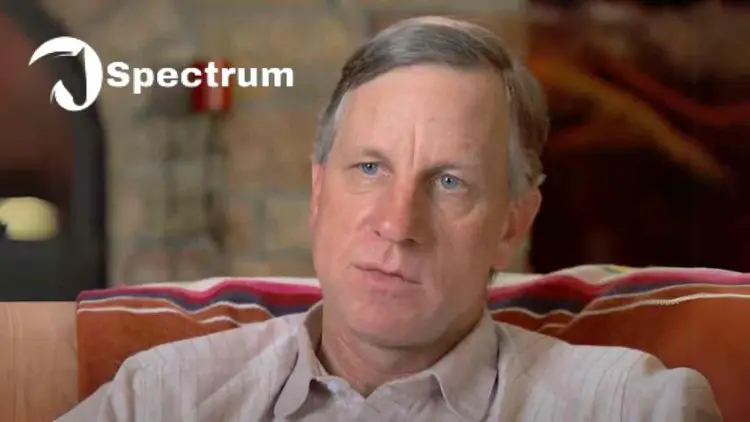
Buck Brannaman, another renowned horse whisperer, nurtures trust through gentleness and sensitivity. Brannaman’s training methods concentrate on the concept that horses react best to a gentle touch rather than forceful control, allowing an understanding of horse behavior. Utilizing a method called "groundwork," he uses ropes and a soft voice to slowly guide the horse's movement, earning its trust over time.
(Source: Buck Brannaman - Wikipedia)
Case Study 3: Pat Parelli
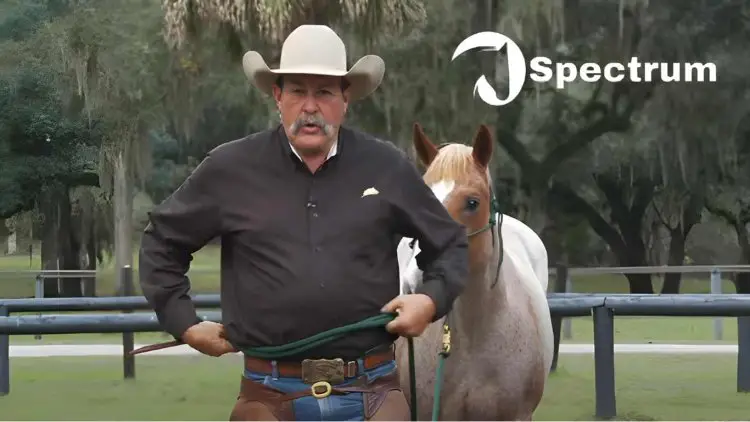
Pat Parelli stresses the importance of developing a natural relationship with horses, insisting that coercion is counterproductive to establishing trust. Parelli's training programs use play and positive reinforcement, viewing the horse as an equal partner in the training process. His approach has won acclaim for fostering strong, respectful relationships between horses and humans.
(Source: Pat Parelli - Wikipedia)
FAQs
What is the meaning of horse whispering?
Horse whispering refers to a method of horse training that emphasizes gentle techniques of communication, often contrasting with traditional training methods. It involves understanding horse behaviors and developing a strong bond with the animal, closely resembling the way horses communicate with each other. The goal is to train horses without causing fear or discomfort, thereby leading to a better relationship between humans and horses. It showcases respect, understanding, and mutual trust.
Is horse whispering a real thing?
Yes, horse whispering is indeed a real practice. It is a method of communication wherein a human attempts to create a rapport with a horse using calming, non-verbal cues. This technique, often based on understanding and reacting to a horse's body language and mood, aims to foster trust between the animal and the person.
What is a horse whisperer?
A horse whisperer is a horse trainer who adopts a sympathetic view of the motives, needs, and desires of the horse, based on modern horse psychology and communication. The term goes back to the early 19th century when an Irish horseman, Daniel Sullivan, made a name for himself in England by rehabilitating horses that had become vicious and intractable.
What's Your Reaction?

















